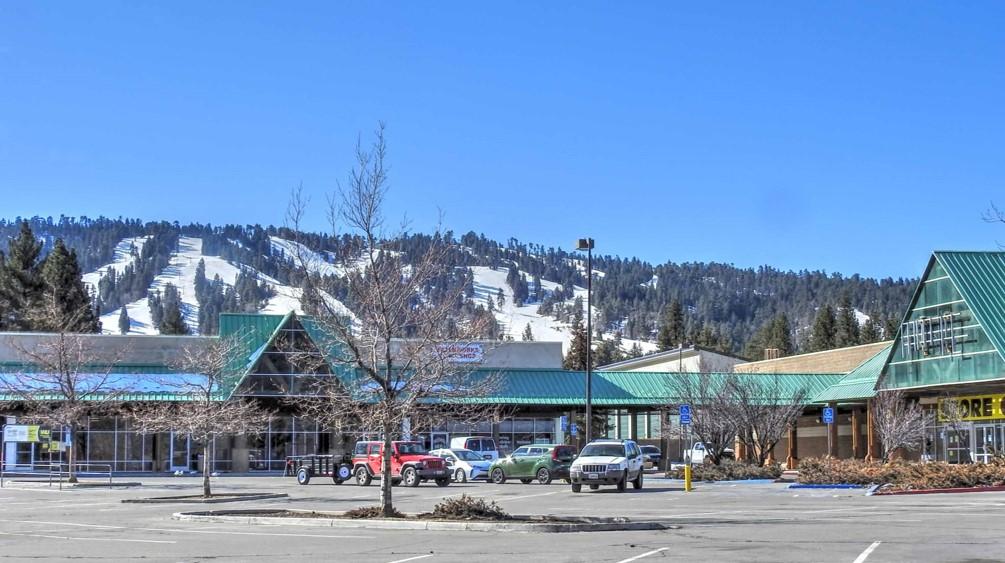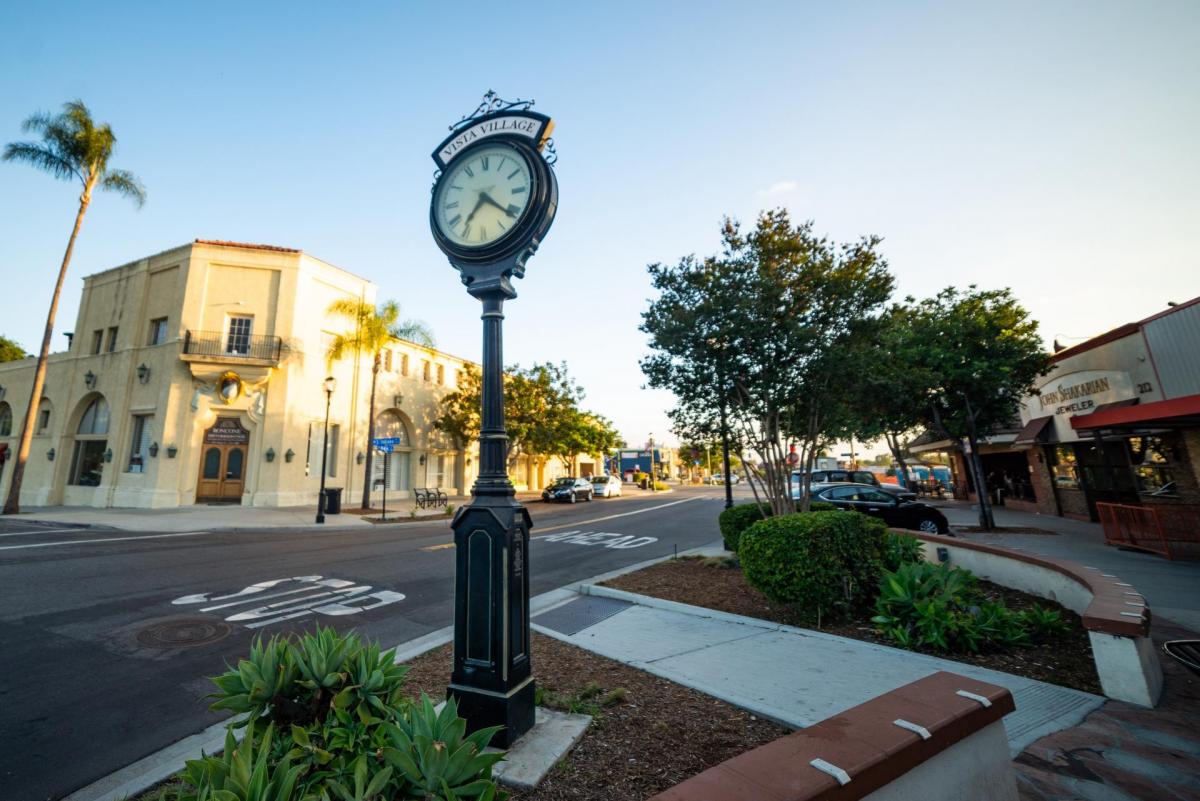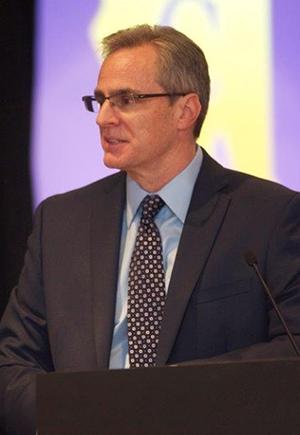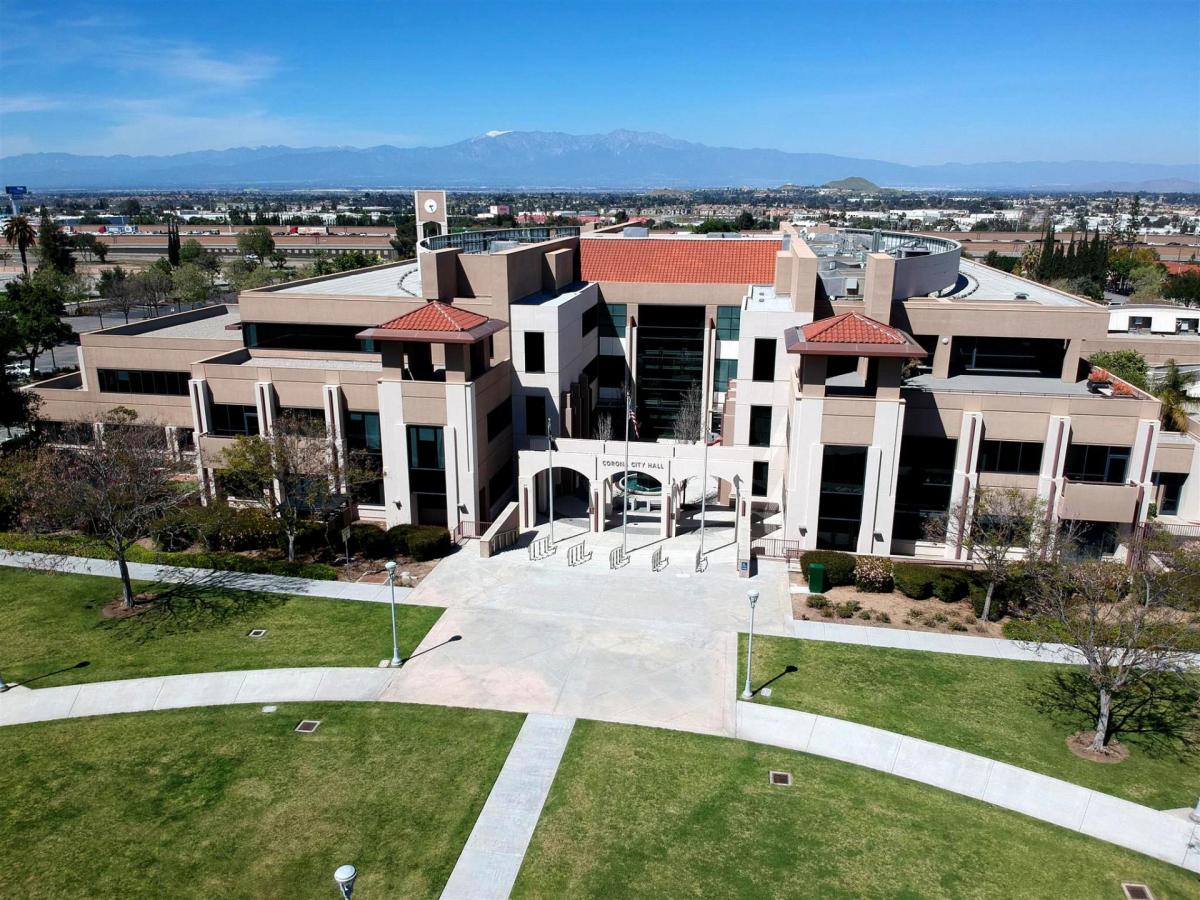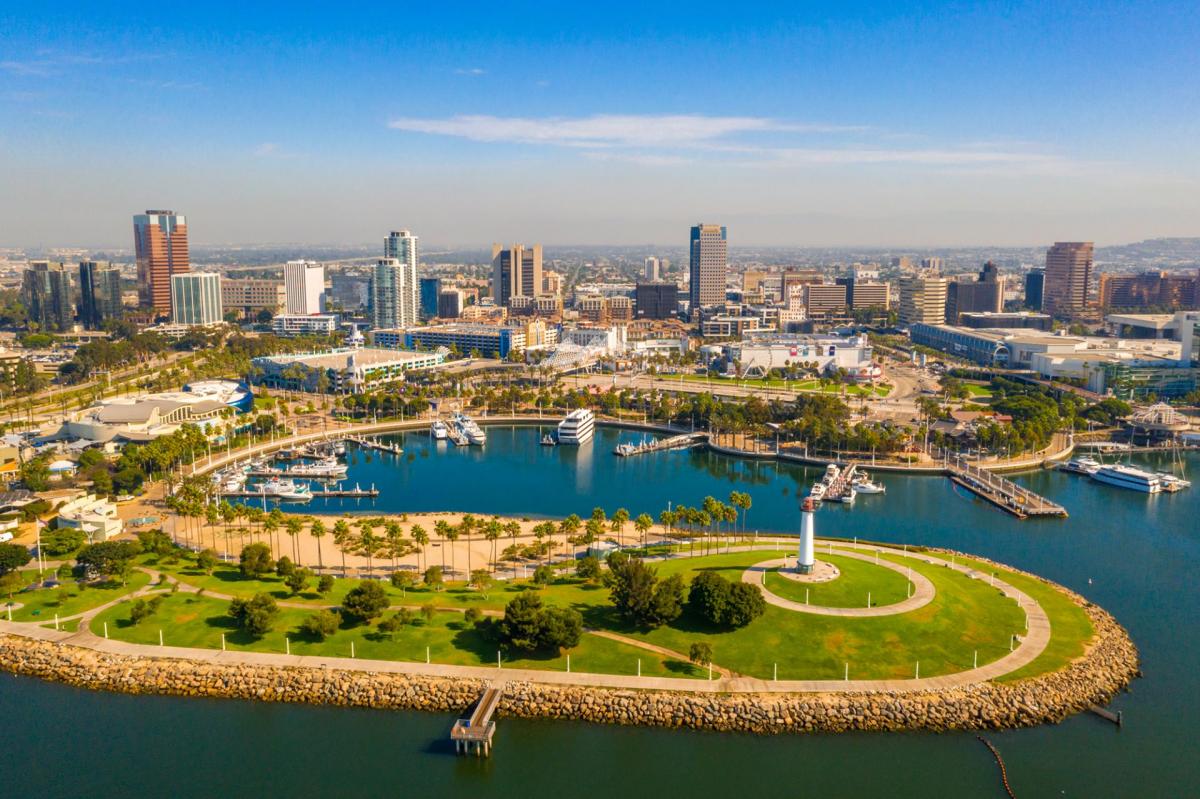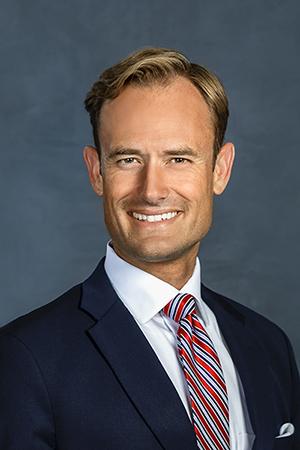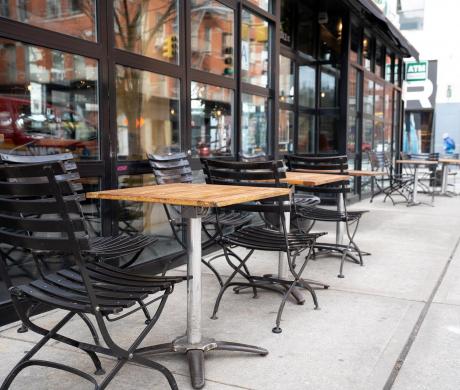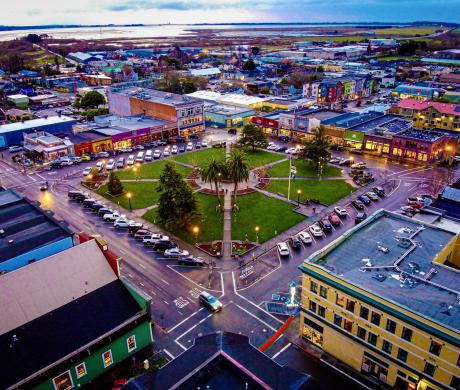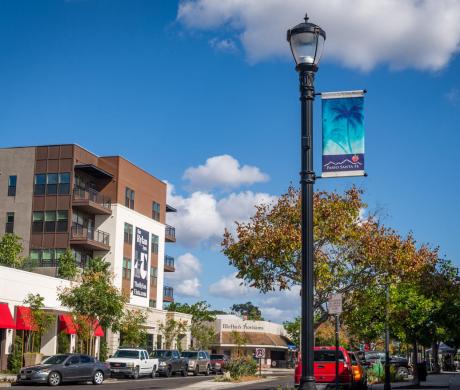Local economies were decimated by the pandemic. Now California cities are rolling out their blueprints for recovery
Jill Oviatt is the director of communications and marketing at the League of California Cities and editor in chief of Western City magazine; she can be reached at joviatt@cacities.org.
Western City magazine invited California cities of different sizes and different economies to share their top priorities for economic development as they recover from the impacts of the pandemic. As California reopens for business, municipal economic development offices are busy analyzing strategies to best position their communities to not only survive – but thrive – as resilient, inclusive, and vibrant places to live.
Thank you to the cities of Big Bear Lake, Vista, Corona, and Long Beach, with populations ranging from just more than 5,000 to just under 500,000, for sharing your top economic development priorities this year. Regardless of size and geography, these cities had a number of priorities in common.
Big Bear Lake: Population 5,241
Sue O’Strander, Director of Planning and Inspections, Big Bear Lake
As a four-season mountain resort community, we have a unique population and our goals must align with the various community stakeholders. There are about 25,000 permanent residents living on the mountain (including both the city of Big Bear Lake and the outlying Big Bear Valley). With boating and fishing activities, hiking, and trailblazing throughout the San Bernardino National Forest, and two ski resorts in town, we are a year-round playground for Southern California. Every weekend, we are regularly visited by people looking to escape the metropolitan and urban areas ― many of whom own second homes or rent their homes as short-term vacation rentals. On a festival or holiday weekend, the mountain expects a significant population increase, up to 200,000!
The city council recently initiated a visioning process, and economic development and vitality has a key role. Here are some of the initiatives we are working on to support the city’s vision:
- Fill vacant storefronts ― get input from the community on needed services and goods.
- Proactively build relationships with the real estate industry to raise awareness of existing opportunities.
- Adopt new policies in the Housing Element Update to encourage mixed-use development as an opportunity to redevelop some stagnant and underdeveloped areas.
- Support community needs and employment through workforce housing development with incentives for workforce housing.
- Beautify Big Bear Boulevard and Moonridge commercial corridor to entice additional investment and development.
- Simplify development processes by eliminating redundant development standards.
- Streamline development processes to achieve expedited approval processes and faster return on investment.
- Create a new Economic Development Advisory Committee to focus on efforts to support and encourage economic vitality.
Vista: Population 100,686
Kevin Ham, Director of Economic Development, Vista
Located just seven miles inland from the Pacific Ocean in northern San Diego County, Vista has a mild Mediterranean climate and residents enjoy a wide range of year-round outdoor activities in a setting of gentle rolling hills and pleasant rural surroundings. The city developed a Business Economic Recovery Plan in response to the devastating impacts on the business community as a result of the COVID-19 pandemic. Below, are highlights from the plan to ensure Vista is on the right road to recovery.
- Implement our recently approved Economic Development Strategy. If you don’t know where you are going, how can you get there? You need a plan! You can always change course with new information, but you need your map in the first place. This plan has 12 elements to be implemented over the next five years.
- Determine what the future holds and how to respond to changes in retail space, office space, hospitality, and the jobs in these industries. It is critical to understand these changes and how to make them in a way that keeps faith with the community and property owners while being mindful of what the market needs.
- Determine the next step for our successful five-city collaborative Economic Development partnership ― Innovate 78. For too long cities have not worked together to support businesses that may stay or move in a region when they don’t choose their particular city. Our effort has proven that working together helps cities, businesses, and residents.
- Work with our partners to determine workforce needs for our residents’ employment and our businesses’ success.
- Build on the renaissance of our downtown. We have created a vibrant active downtown and have managed to keep it going during the pandemic. It will be a high priority to build on this success and see it to the next level.
Corona: Population 166,972
Jessica M. Gonzales, Economic Development Director, Corona
Corona is located approximately 45 miles southeast of Los Angeles in western Riverside County. A city whose heritage spans more than a century, Corona has emerged as an ethnically diverse community, where a significant percentage of the population is made up of young, well-educated families. Corona has more than 394 acres of parks, with sports fields, basketball courts, playgrounds, tennis courts, two skate parks and an outdoor pool.
Corona’s industrial base has played an important role in the city’s growth and its employee base. Corona’s economy is strong and getting stronger! There are more than 42,000 jobs within the city of a workforce of more than 84,000. Our retail and commercial areas are expanding and office development is booming. Below are Corona’s top seven economic development priorities post-pandemic.
- Rekindle the entrepreneurial spirit of the many California businesses who had to close, drastically reduce their workforce, or put their dream of launching a business on hold during the pandemic.
- Foster new economic development champions within the community (e.g., nonprofits, high school administrators, historical preservation, or arts societies) that can partner with cities on grants or new funding initiatives to promote business resiliency.
- Revitalize downtowns and urban cores that have been impacted with tenant vacancies, deteriorating infrastructure, and homeless encampments. These issues further intensify the challenge of attracting new businesses.
- Educate entrepreneurs and businesses with tools (e.g., continuity plans and financial reserves) to position themselves for business resiliency.
- Build capacity and inclusivity that is reflective of the local demographics in their respective communities. This entails providing resources/business trainings in the languages spoken by the community and attracting employers that pay higher livable wages, and which can elevate the economic self-sufficiency of an already built-in workforce.
- Create a critical bridge between workforce and jobseekers by partnering with educational institutions and trades that can provide the community’s residents with the skills and knowledge to compete for local, high paying jobs.
- Have economic development set as a priority by both state and federal government partners, with ongoing support and advocacy that can equip economic developers with the tools to create meaningful impact in their communities.
Long Beach, Population 466,776
John Keisler, Director of Economic Development, Long Beach
Long Beach is California’s seventh largest city and a coastal community with beaches and marinas, mixing urban sophistication with beach town fun. Voted one of America’s “Most Walkable Cities,” Long Beach is comprised of eight distinct neighborhoods and tucked in along the waterfront centrally located between Los Angeles and Orange County.
Over the last year, Long Beach faced many economic and social challenges as a result of the pandemic, including business closures and restrictions; rapid increases in unemployment; sudden and unanticipated loss of income by large parts of the community; and disruption in essential services and systems. The city developed the Long Beach Economic Recovery Plan, including 33 programs and $57 million in funding to lead businesses and residents to a brighter future. Below are the eight focus areas in the plan.
- Public Health and Vaccination Support: COVID-19 has revealed the essential importance of public health to the health and wellbeing of the economy. Provide more navigational support and coordination for the vaccination and ongoing health and wellbeing of service sector workers in food service, hospitality, healthcare, personal services, retail, and other face-to-face occupations. Public health also includes outreach to people experiencing homelessness and addressing public health or safety issues that impact business owner, worker, and customer wellbeing.
- Workforce Support: expand the access to job training and job attainment in areas that have higher unemployment, lower wage service sector workers, and for people of color and others who are experiencing higher unemployment rates in the city. Promote local hire, PLA’s, and independent jobs coordination to provide wrap-around services that address barriers to work including childcare, housing assistance, internet access, and transportation for local workers.
- Small Business Support: establish funding for grants, loans, technical assistance, and procurement opportunities to entrepreneurs of color, women, and others who experience lower levels of business ownership. Invest in customer attraction and revenue generation; and, provide property ownership programs including mortgage assistance for underrepresented entrepreneurs to promote ownership of commercial properties to build wealth, promote stability, and lower the long-term fixed cost of business ownership. Also, leverage government spending to stimulate local business growth and provide technical assistance, grants, and revolving loan funds for underrepresented businesses to fulfill larger government contracts. Promote inclusive government contracting programs such as local preferences as well as contract set-asides so that under-represented business owners can secure government contracts.
- Tenant and Landlord Assistance: eviction moratoriums have delayed the payment of rent and provided mortgage relief to both tenants and property owners. Establish rent relief funds, technical assistance, and support to both tenants and property owners—including both residential and commercial properties to prevent widespread defaults, evictions, and vacancies. This also includes efforts to remove board-ups and blight, promote beautification programs, and coordinate Clean Team efforts on behalf of property owners and tenants.
- Inclusive Procurement Assistance: leverage government spending to stimulate local business growth and provide technical assistance, grants, and revolving loan funds for underrepresented businesses to fulfill larger government contracts. Promote inclusive government contracting programs such as local preferences as well as contract set-asides so that under-represented business owners can secure government contracts. Streamline and simplify the procurement process for grants, vendor service agreements, and nonprofit partners to deliver culturally appropriate and accessible services to the community, particularly with regard to language access.
- Digital Inclusion Support: connect all households and businesses in the City of Long Beach with technology, training, and wireless Internet connections for up to one year; and, provide ongoing technical support to assist with privacy, security, and the use of the internet to support education and economic development. This also includes technical assistance to transition business activities online, develop ecommerce platforms, improve online interaction with customers, and to introduce new streams for businesses most impacted by COVID-19.
- Economic Empowerment Zone Development: create incentives — including tax incentives, reduced fees, and deferred payments — for targeted geographical areas and economic sectors of the city that are experiencing lower levels of investment; prevent commercial vacancies; activate storefronts; strengthen commercial corridors; and, create grants or competitive loan programs for under-represented business owners to reopen their businesses and recover jobs lost during the COVID-19 recession.
- Customer Activation: partner with private non-profit economic development organizations and community-based organizations to generate customers for local small business goods and services. Activate consumer spending for neighborhood serving businesses such as personal grooming, healthcare, drinking and dining; and, activate visitor serving customers in hospitality, entertainment, and accommodations to generate revenue and recover jobs lost by the COVID-19 recession.
Watch the video of the Top 10 Economic Development Priorities for Local Recovery.


